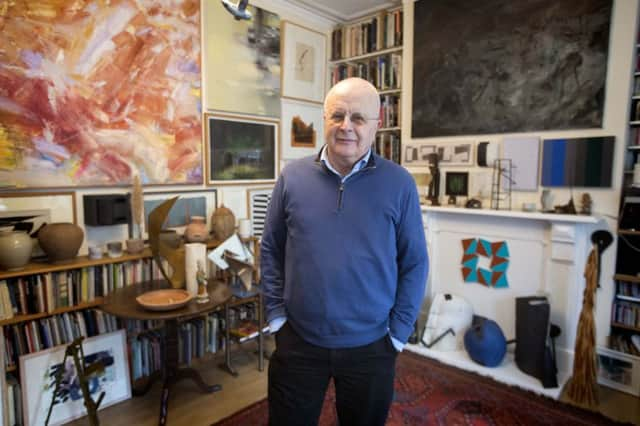How Yorkshire's public art collection has been built on private generosity


There were a few interesting lines from the news that The Hepworth Wakefield is about to receive one of the UK’s largest ever artistic bequests.
There was the fact that currently the 400 works, which will soon find a new home in Yorkshire, are currently hung in a four-storey Victorian house in London. Then there was the fact that Tim Sayer, the man behind the collection is not some millionaire business man, but a BBC journalist who has funded his passion often on an overdraft.
Advertisement
Hide AdAdvertisement
Hide AdHowever, perhaps most interestingly of all was the fact that Sayer, who describes himself as an art-oholic has no personal connection to either The Hepworth or Yorkshire and only decided to donate his collection after visiting Wakefield for the first time last year.
While Sayer’s decision was an unusual one, he follows in a long line of collectors who have given their private collections over to public view.
The Hepworth Wakefield is already home to the Gott Collection, which was assembled in the 19th century by John Gott, Vicar of Leeds and his wool merchant father William. Together they amassed a bound, 10-volume collection, which includes 65 watercolours, 315 drawings, 749 prints and 50 double-sided letterpress pages from a book. Arguably the finest surviving collection in the region, with more than 200 Yorkshire villages, towns and cities depicted within its pages, it was presented to Wakefield Art Gallery in 1930 by Frank Green, a Yorkshire industrialist and philanthropist.
In fact, without the donations of benevolent benefactors most of the county’s museums and art galleries would have a lot of bare walls. Take, for example, the York industrialist Frank Green, who aside from being a pretty savvy businessman was also one of the most significant collectors and antiquarians of his day.
Advertisement
Hide AdAdvertisement
Hide AdThe Industrial Revolution made the family’s fortune and Green, who was born in 1861, was committed to the idea of giving something back to the community. Not only did he amass a unique collection of work, but he rebuilt the city’s Treasurer’s House in which to display it.
He is said to have been obsessively tidy, to the extent that he had glass fronts placed on cupboards to check they were properly arranged inside and so the story goes he would inspect the kitchen in the middle of the night to check that no one had left any stray dirty plates on the side.
Visitors to the house in York can still see the metal studs which he placed in the floor to mark the position of furniture. His behaviour might have bordered on the obsessive, but the care with which he approached art collecting was second to none.
When Green donated Treasurer’s House, complete with its collection to the National Trust, it was the first fully furnished property given to the organisation. Green said to the house’s custodian “I am an old man. I may not have very long to live. But I warn you that, if ever you so much as move one chair leg again, I will haunt you till your dying day.”
Advertisement
Hide AdAdvertisement
Hide AdGreen came from an age where culture was often funded by the leaders of Britain’s big industries. It’s a practice which dwindled since his death in the 1950s, but with arts funding being scaled back Yorkshire may need a new generation of artistic philanthropists to dig deep into their pockets.